The Mary Rose: Splendour, Sinking and Salvage
Welcome back to The Tudor History & Travel Show. In this episode, I visit the Mary Rose Museum in Portsmouth for a guided tour, led by two experts: Dr. Alexzandra Hildred and John Seager. Alex is Head of Research and Curator of Ordnance and Human Remains at the Mary Rose Trust. She joined the project in 1979 as a graduate archaeologist and was part of the diving team that excavated Henry VIII’s warship forty years ago. After volunteering for two and a half years, John is now a front of house member of staff at the Mary Rose Museum.
We look back to discover the story of the Mary Rose and her thirty-four-year history as a successful warship before her fateful sinking in 1545. Named after the Virgin Mary and the Tudor rose, Henry VIII commissioned the ship to increase the number of his fleet. Built in Portsmouth and fitted out with artillery at the Tower of London, the Mary Rose was involved in the Battle of Flodden, the Battle of Brest, and between periods of rest, escorted merchants up and down the English Channel.
As we tour the museum, we discuss some of the wonderful artefacts from the ship, each with its unique and fascinating story giving us a snapshot into the lives of the men on board the Mary Rose. These surviving possessions allow us to uncover more about the detail of day-to-day life in Tudor England. Specially created to preserve the remains of the Mary Rose, the museum building itself is situated on a dry dock, and is absolutely brimming with history, housing around 25,000 artefacts.
Please note: These show notes are intended to complement the relevant podcast episode, which can be found here. We highly recommend that you listen to the conversation and use this blog for reference. You will find links to relevant sources towards the end of this blog.

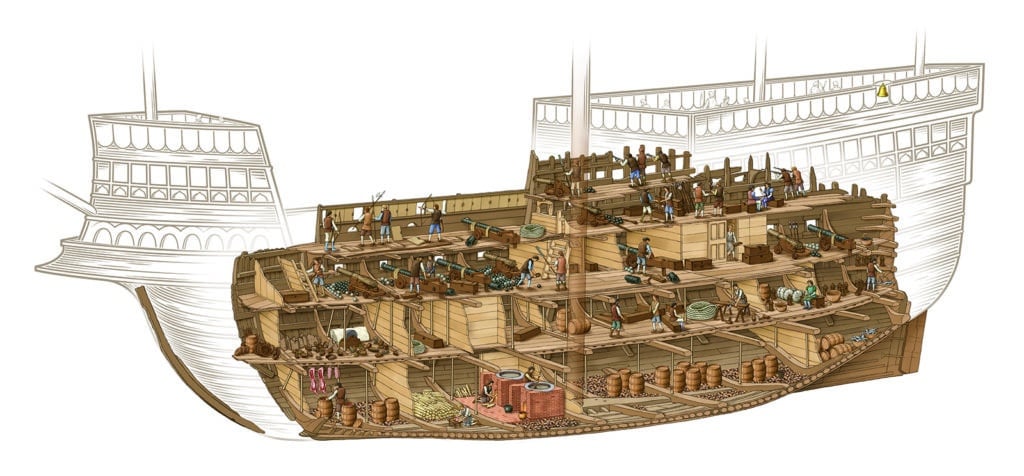
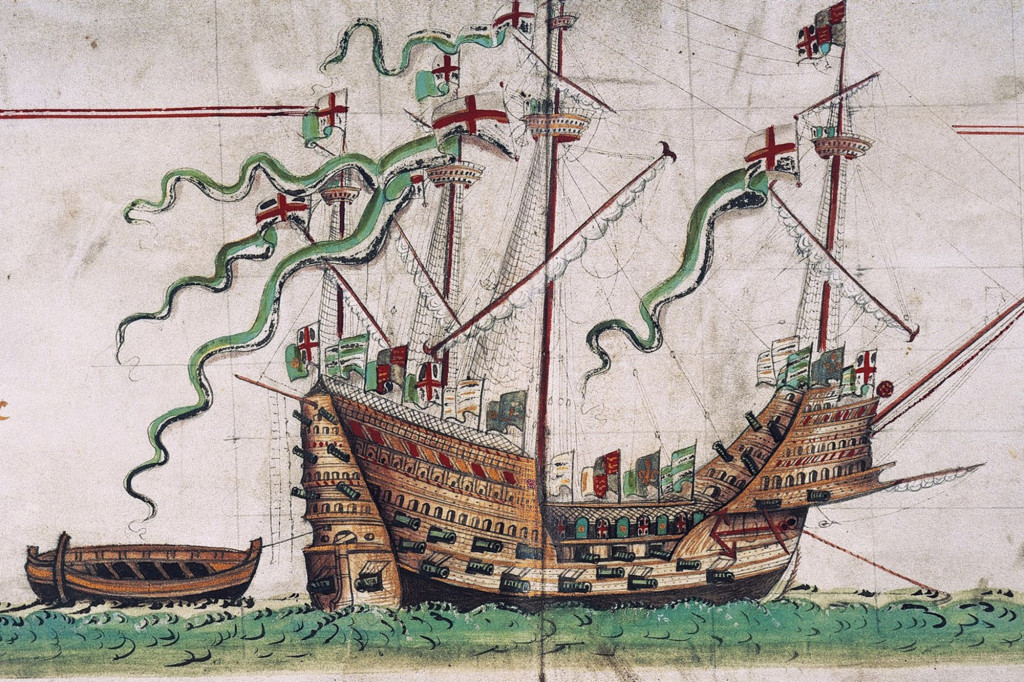
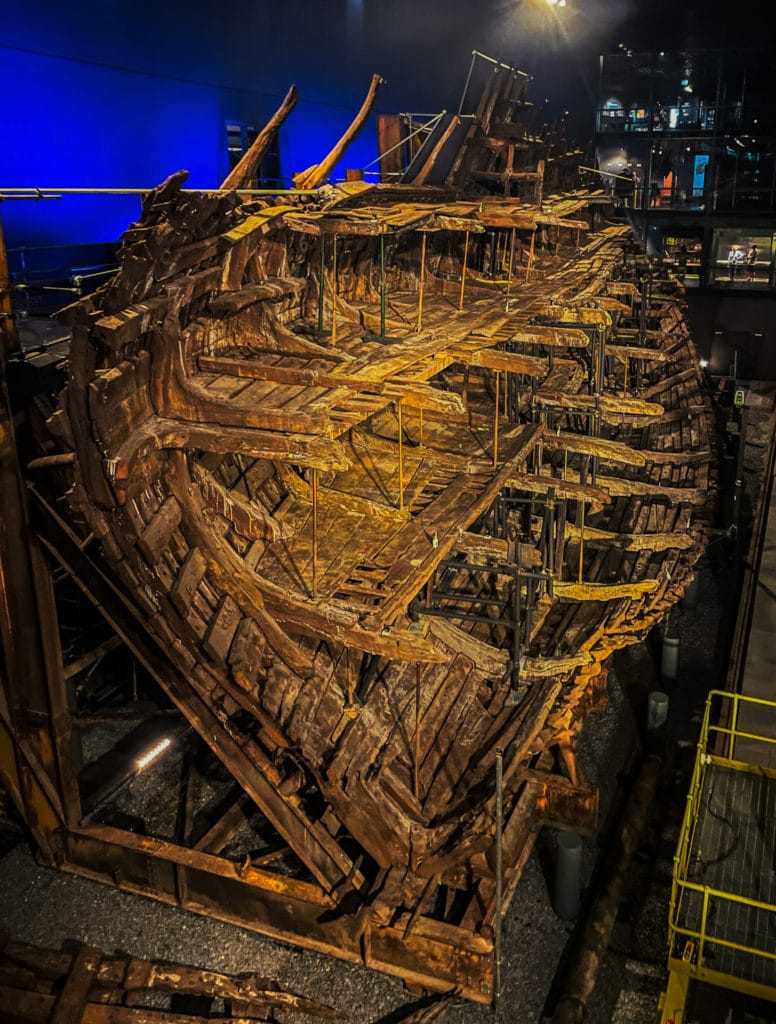
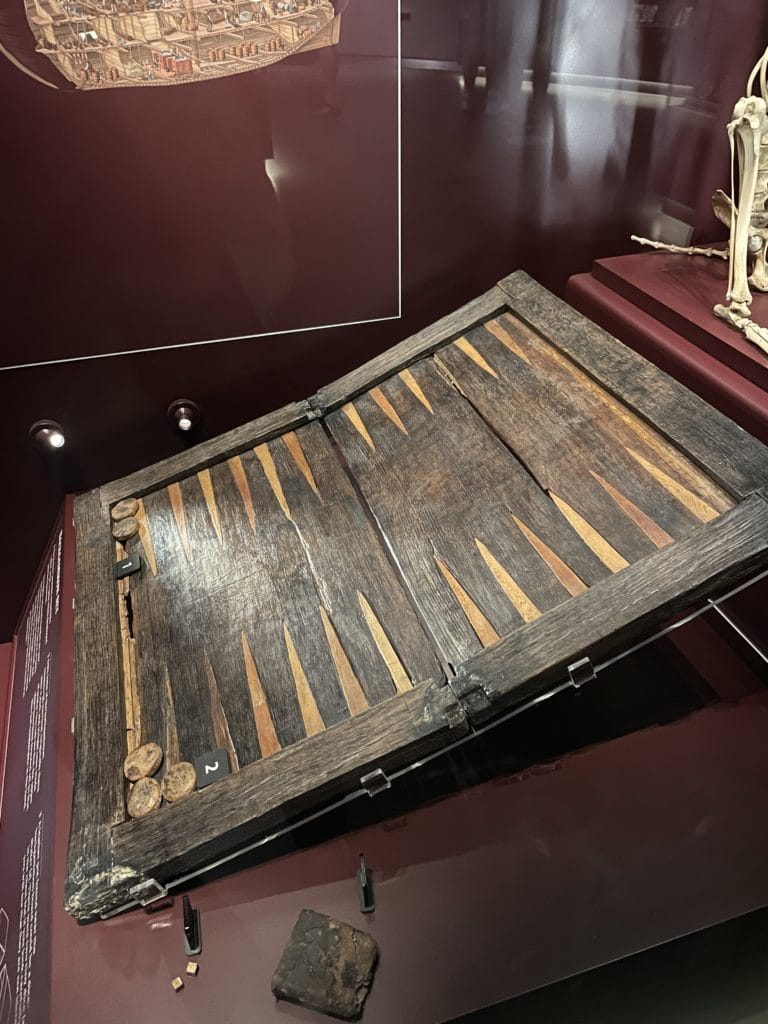
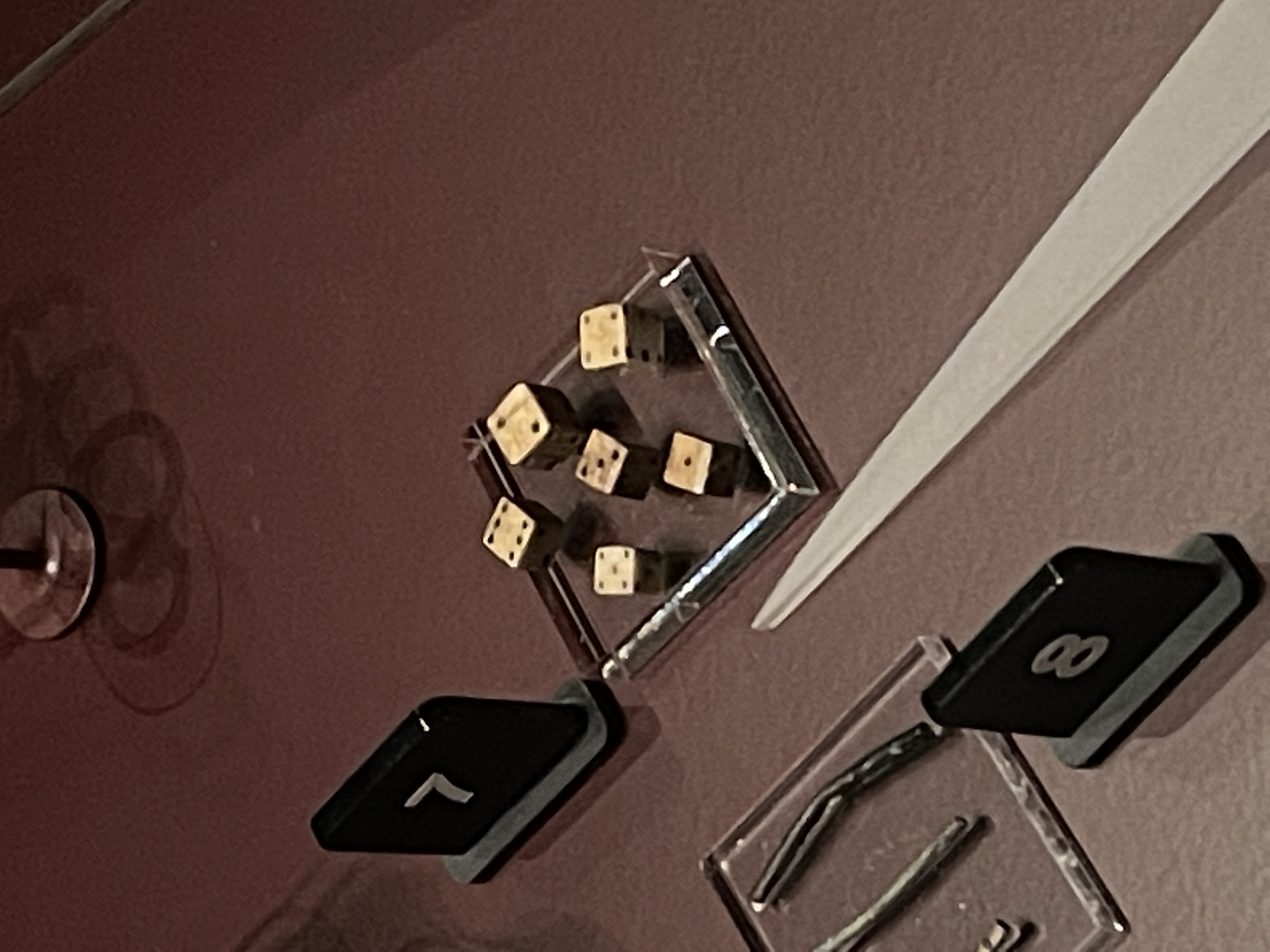
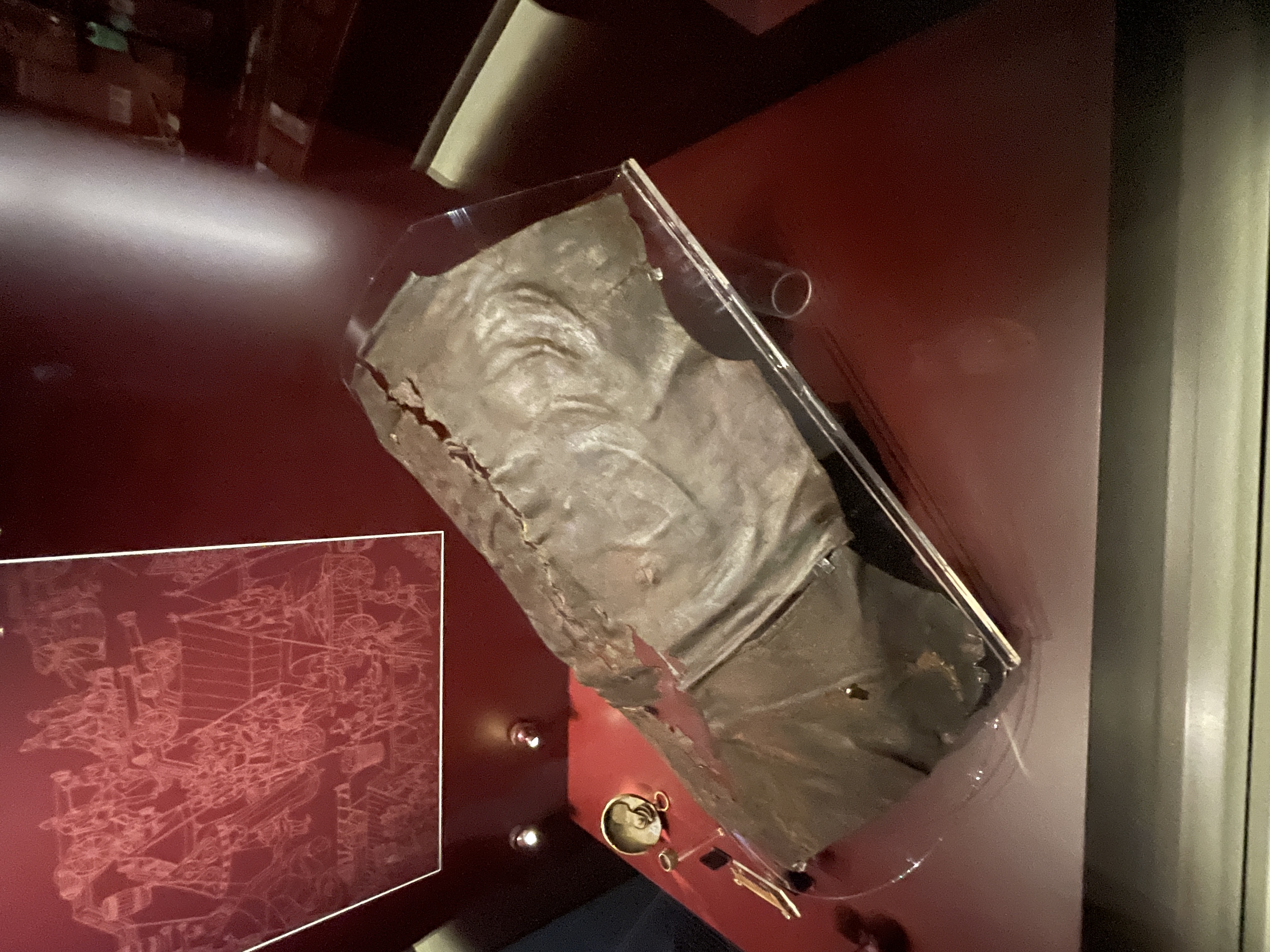
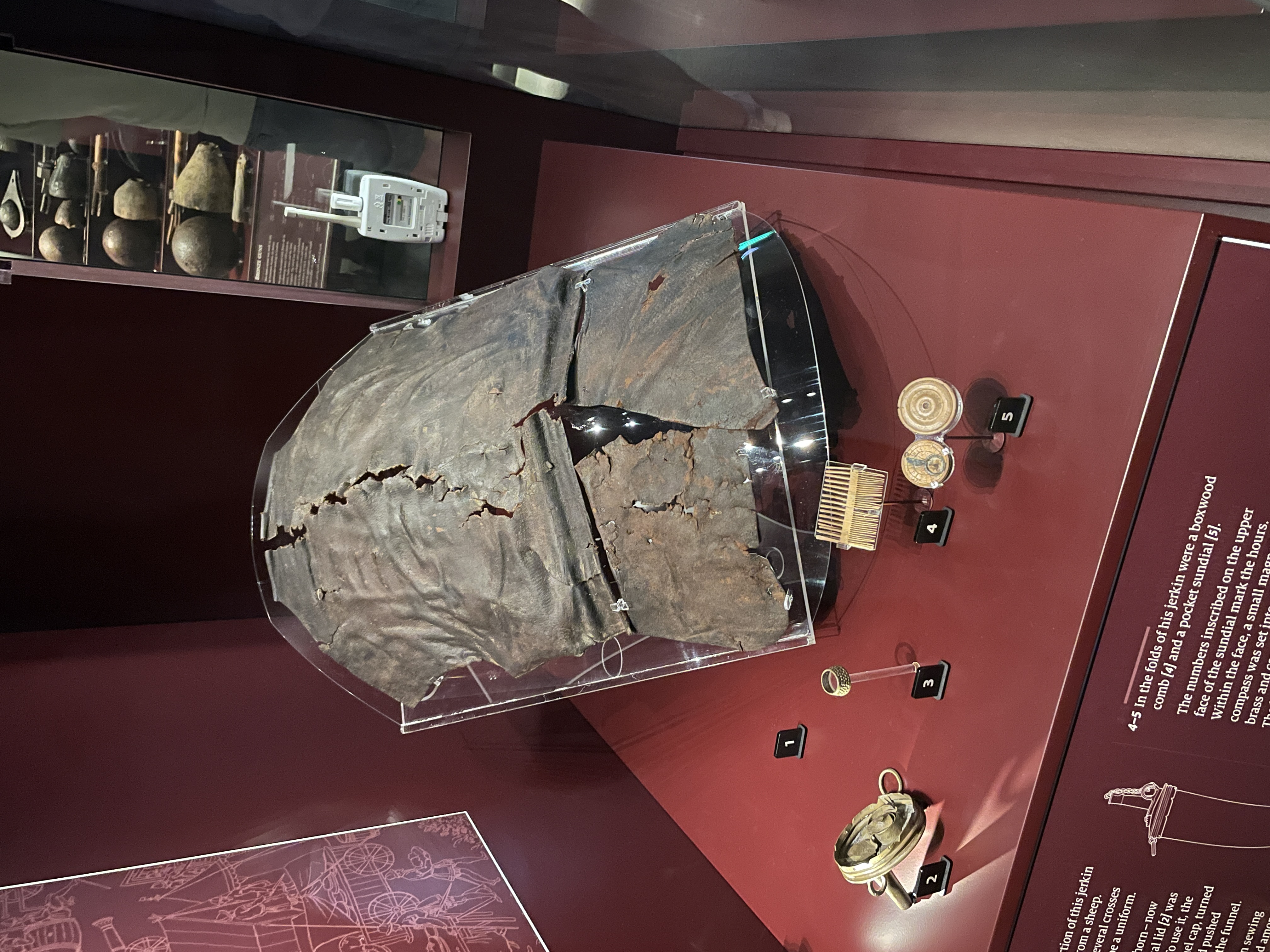
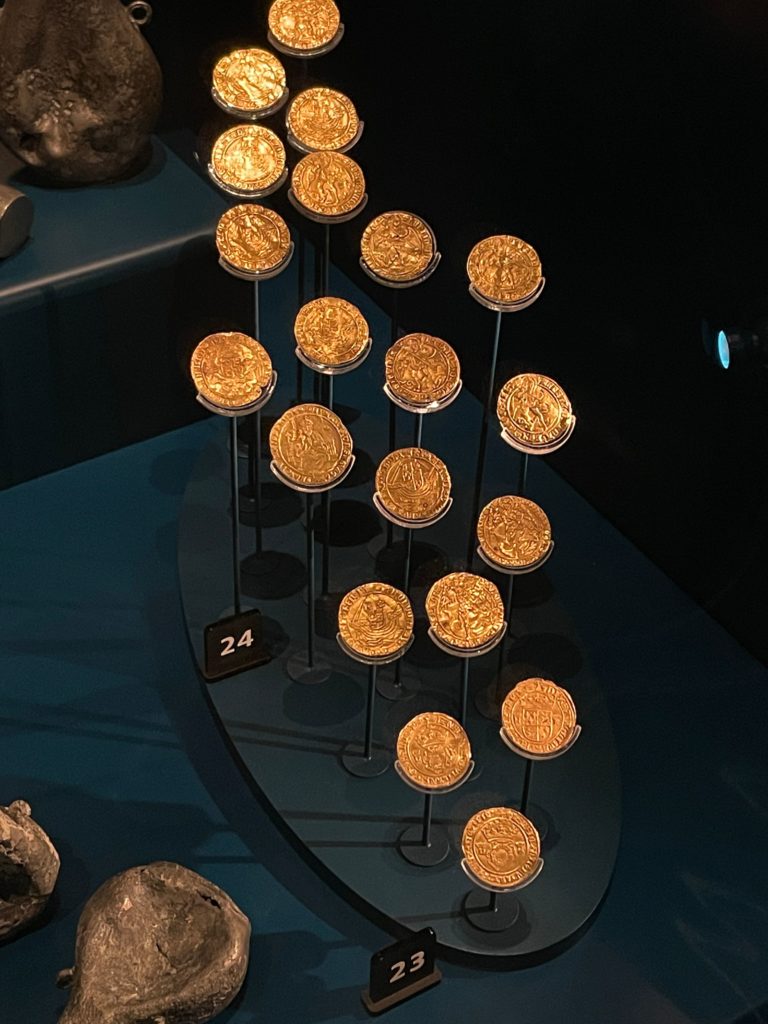
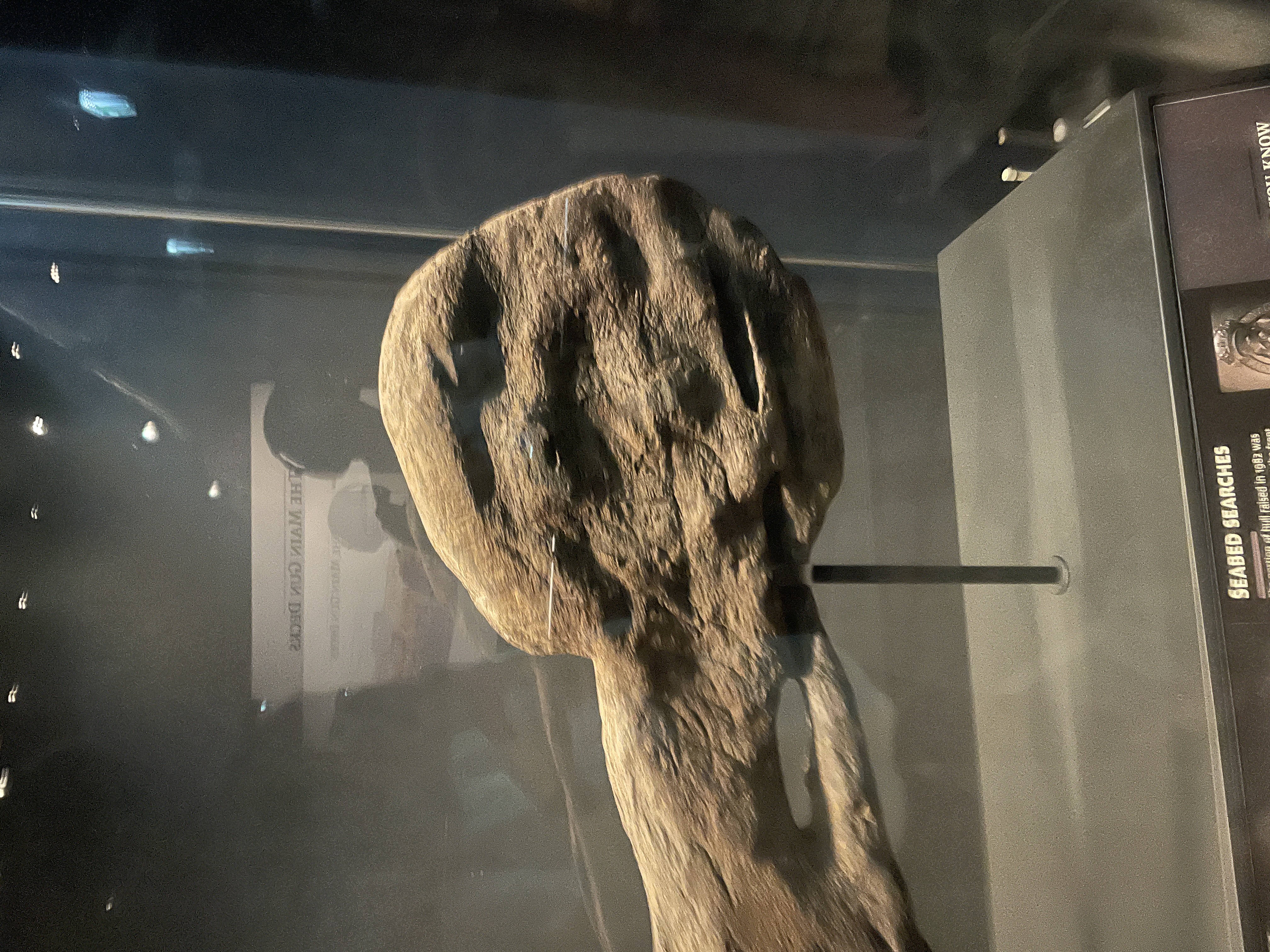
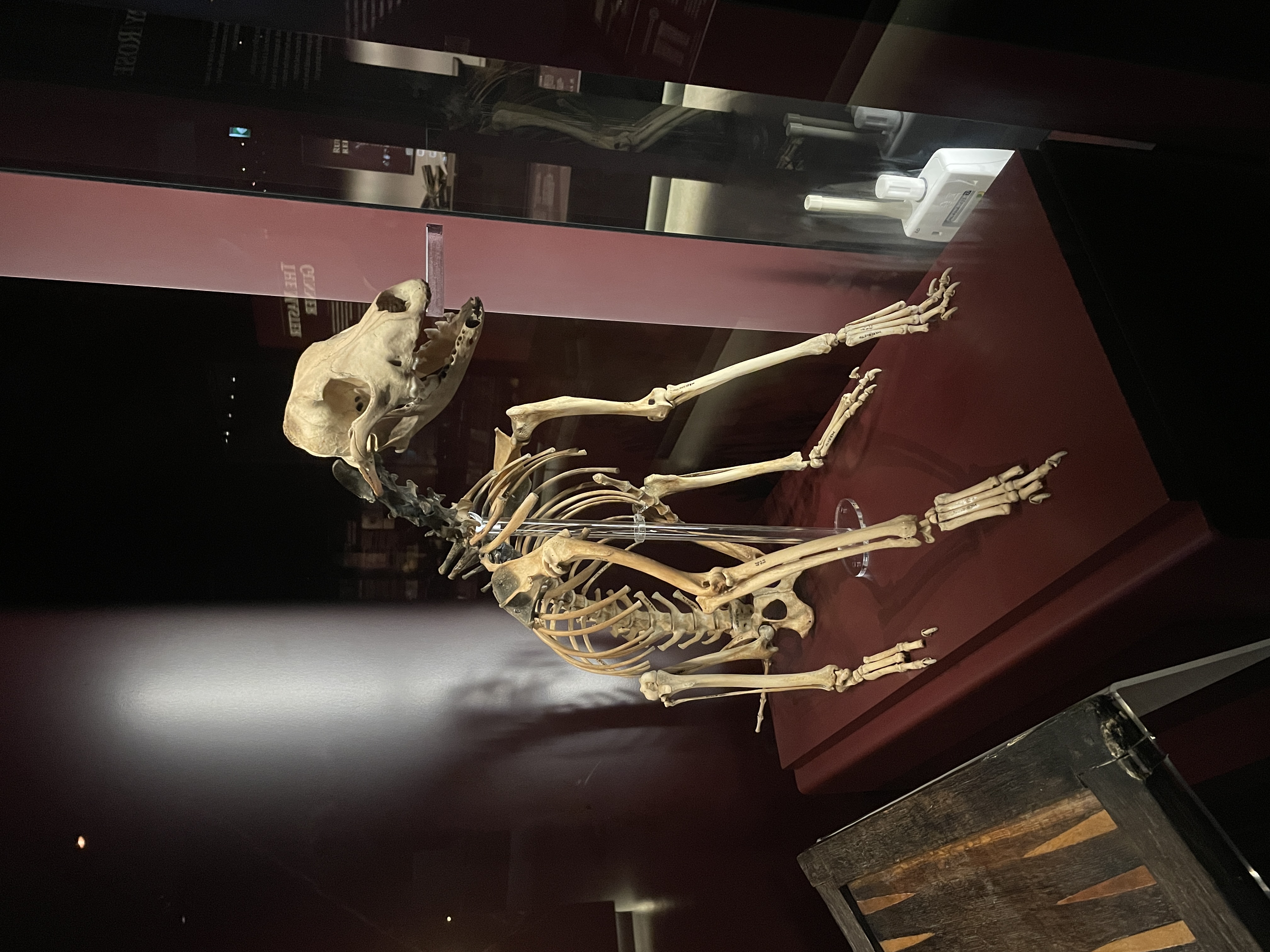

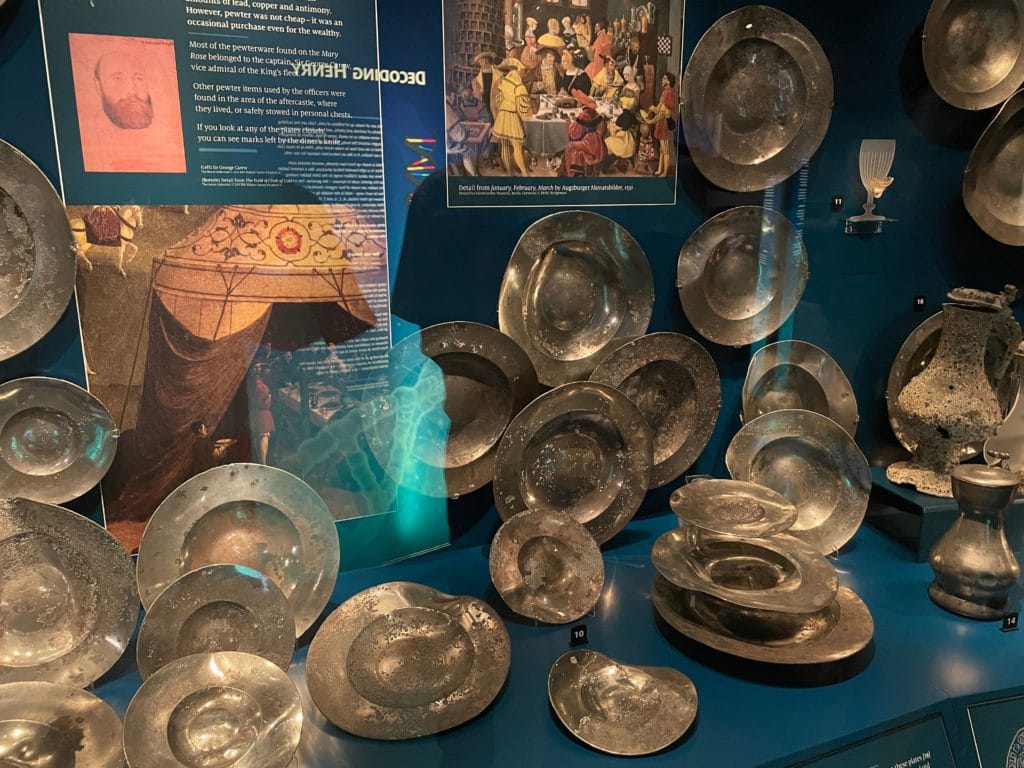
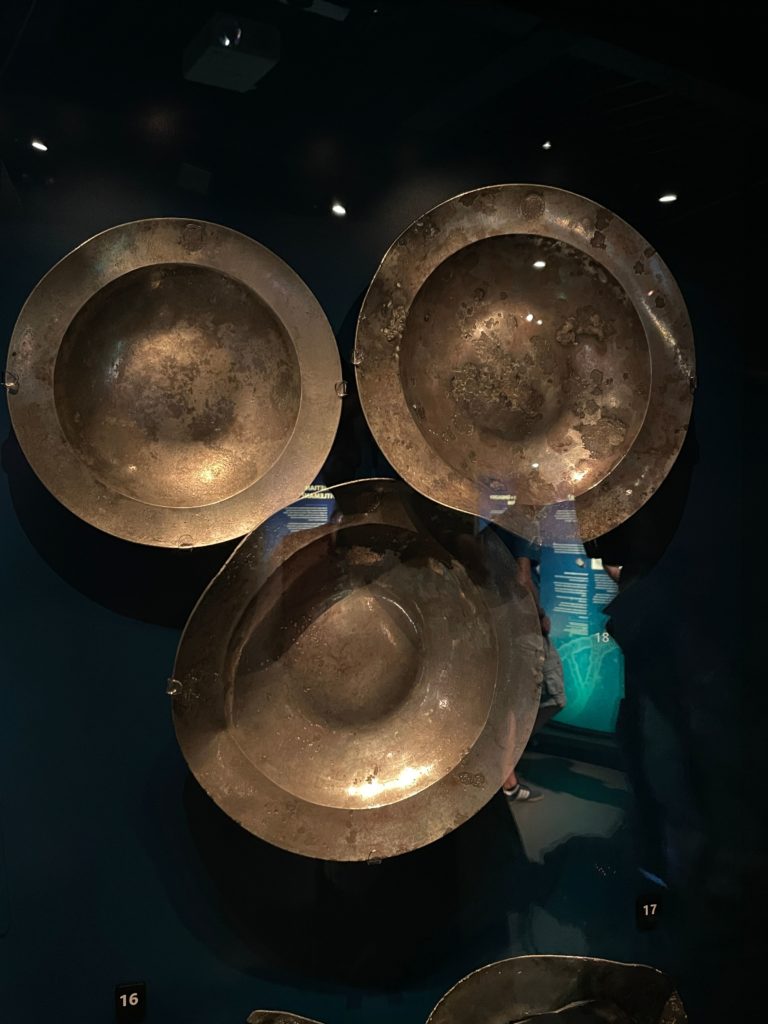
The Mary Rose: Splendour, Sinking and Salvage: Essential Links
- Mary Rose Museum website.
- Mary Rose Museum social:
- Experience 1545 Exhibition
- The Mary Rose Museum will be marking the fortieth anniversary of the ship’s raising in October 2022 with a special exhibition – keep checking the ‘Latest News’ page here, or sign up to their newsletter at the end of that page.
- See my Instagram reel about my visit to the Mary Rose Museum here.
- Connect with Dr Alex Hildred on Twitter .

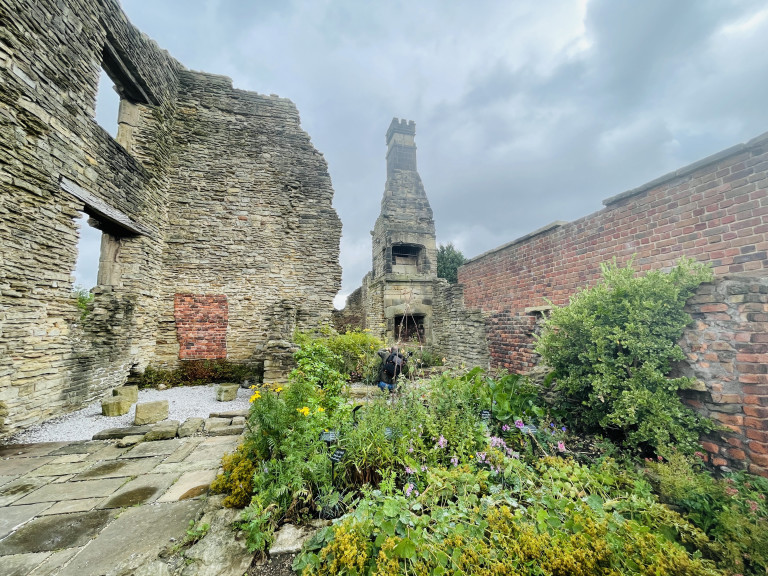
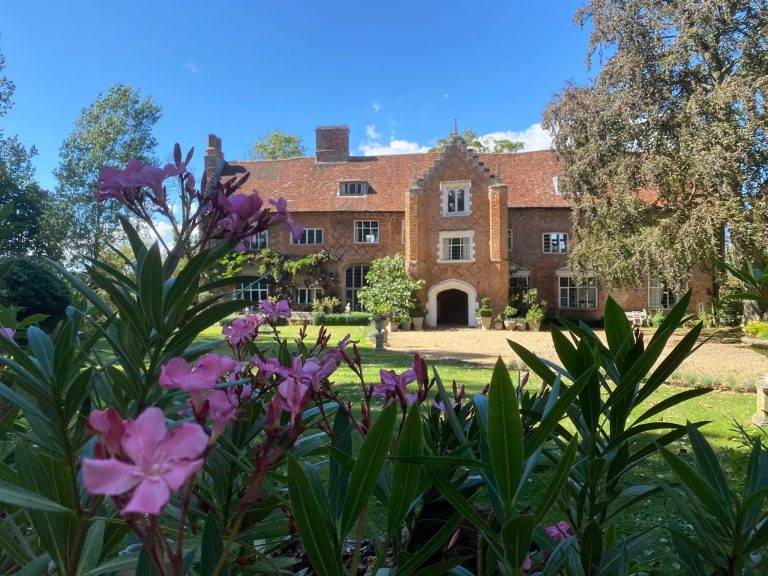
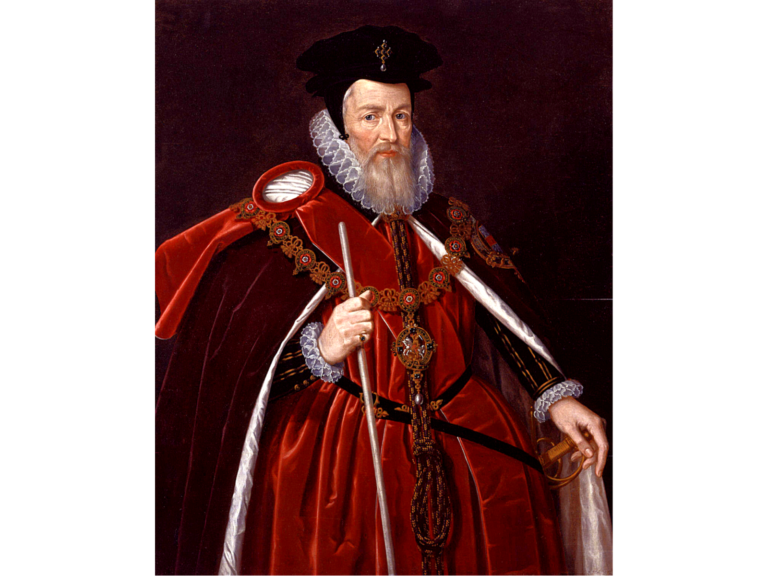

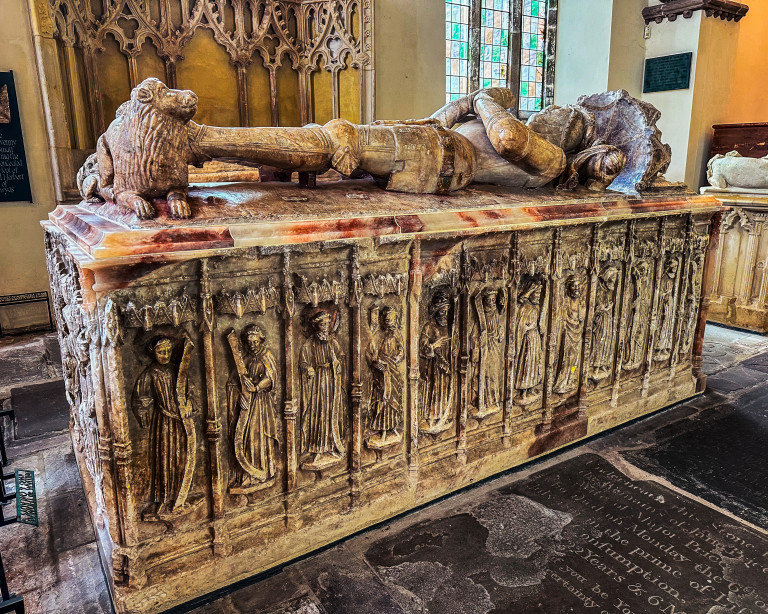

Fantastic photos! Thank you! I had not realised the scale & size of this vessel ??
Thank you!
What an enlightening podcast. I loved the tour through the ship and history. Ships guns were most beloved.
So glad to hear that. Thank you for posting!
We visited the Mary Rose Museum shortly after it opened and loved it! I’ve been fascinated with the ship since it was brought up with Prince Charles on board the rescue ship. What a great find for all Tudor historians. Thanks for a great podcast and photos on this page!
Hi Kathy! Thanks so much for tuning in and for leaving your thoughts. Really appreciate it!
This podcast was one of my favorites you have done! I REALLY want to go see this! The woman Alex was incredible, I couldn’t believe how knowledgeable she was. Extremely impressive.
Thank you, Jennifer. That is so good to hear. I think I was a bit worried that the background noise would detract but actually, I think it just helped bring it to life. I hear you loved Alex. Is there anything else yu particularly liked – so I can try and do more of that in the future? ?
I love the Tudor period and have been fascinated by Henry the Eighth since a young girl!
The raising of this ship is such an amazing feat and so interesting!
Thank you for this wonderful trip through history!
So glad you enjoyed it!